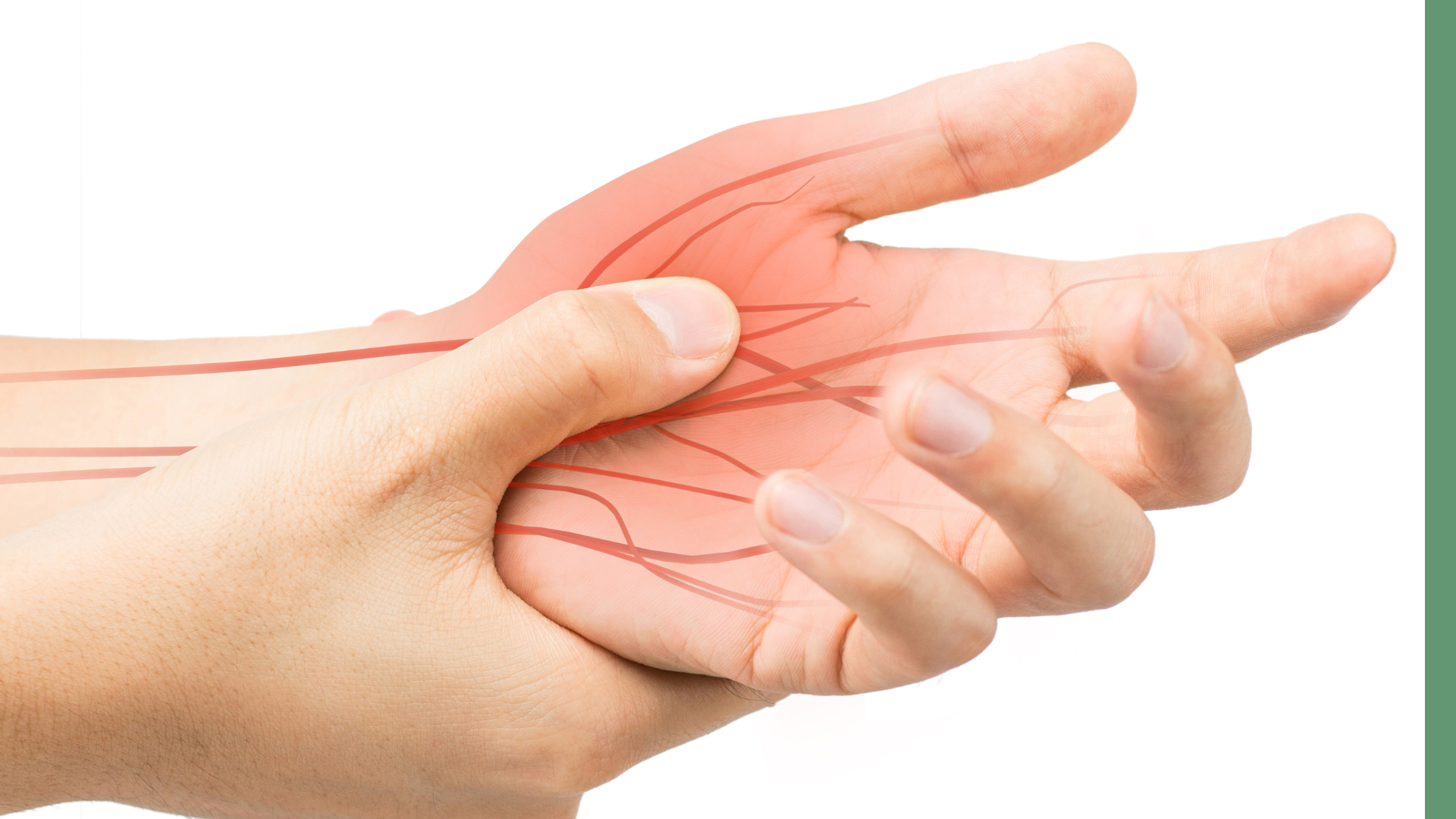Importance of assessment nerve tension and pain


Nerve tension is pain that occurs because a nerve is being compressed or stuck in its surrounding tissue which prevents it from moving within its tract like it normally does. This can happen for a variety of reasons. If a joint has been immobile for a period of time it increases the risk that a nerve can get a little stuck.
Do I have a trapped nerve?
We all know that your joints move and your muscles contract and stretch. But did you know that your nerve tissue also needs to move freely and unimpeded?
Nerve tension is pain that occurs because a nerve is being compressed or stuck in its surrounding tissue which prevents it from moving within its tract like it normally does. This can happen for a variety of reasons.
Common examples of structures that can impede a nerve’s movement include:
Back Pain e.g. bulging disc
Piriformis Syndrome
Sciatica
Neck Pain
Shoulder Pain
Carpal Tunnel Syndrome
Tennis or Golfer’s Elbow
Pinched Nerve
Depending on the severity of the damage that is causing nerve tension, surgery may be necessary. However, in most cases nerve tension can be relieved through physical therapy such as osteopathy or physiotherapy, massage therapy and prescribed stretching exercises.
It may seem contradictory to stretch the nerve for treatment since it reproduces symptoms. However, if the stretch is done gradually and frequently within the client’s comfort tolerance, it will often improve the symptoms. Treatments for interfacing structures such as muscles, joints, fascia, and skin are also likely to be helpful, as are postural and/or ergonomic changes.
While most massage therapists don’t see treatment of the neurological system as a primary function that they perform, it is evident that the nervous system is involved in many pathological processes. A greater knowledge of the anatomy and mechanics of these structures may help alleviate problems in many cases that have persisted after significant interventions that should have helped.





